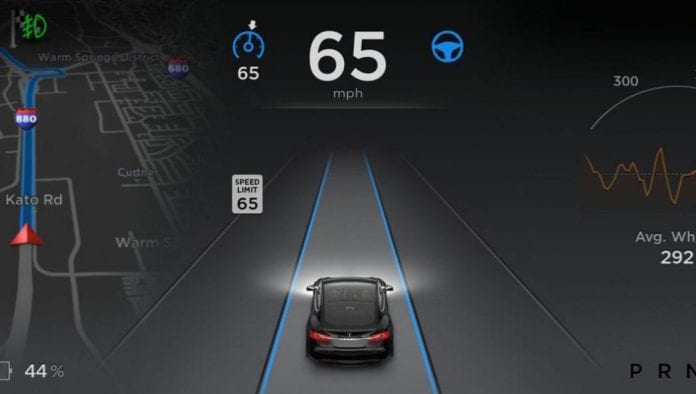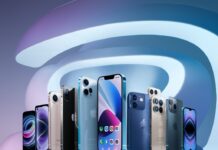Does the autopilot in the Tesla Evs work, is the question in most people’s mind after a second accident involving a Tesla EV in autopilot mode. Tesla has acknowledged that one of its Model S was involved in an accident in Beijing a few days ago. The news comes only months after a Model X crashed and killed the driver in Florida USA. Please note that the Model X is not fully autonomous but only assists the driver.
How the accident happened
For starters, no one died or sustained any injuries in the Beijing accident. The Beijing driver and owner of the Tesla Model X posted videos and photos of the crash on a social media site allowed in China; that resembles Twitter, Weibo. Luo Zheng, the 33-year old driver who is a programmer, filmed the accident using the dashboard camera.
Zheng noted that he often engaged the autopilot feature in the Beijing highways. His car hit a stationary, Volkswagen Santana. The accident involved the Tesla Model S sheering off the parked vehicle’s side mirror and scraping both cars sides. There were no fatalities. Zheng has no history of causing road accidents. His hands were not on the steering wheel when the accident happened. He had simply put all his trust on the autopilot feature that cost him $3,011 extra.
According to his judgement, a computer bug in the autopilot system caused the accident.
Who is to blame for the accident
According to Chinese traffic laws, Zheng was at fault for hitting the stationary car. But who on earth parks a car in the highway? The accident cost Zheng more than Yuan 50,000, about $7,525, in repairs. The Tesla damaged the Santana’s taillight, reflectors and side mirror, while its left mirror, left front headlight, left front bumper and left front bumper got damaged. The driver blamed both the autopilot system and the illegally parked Volkswagen Santana for the accident.
The misleading sales jargon
Zheng blamed the sales people of Tesla for exaggerating the autopilot features of the vehicle. The salespeople promote the car as “self-driving” rather than assisted-driving as it is. Four other owners of Tesla Models corroborated Zheng’s story saying the salespeople in China say “self-driving” instead of insisting the system is an advanced driver assistance system (ADAS). The drivers confirmed that the salespeople literally took their hands off the wheel when demonstrating the autopilot feature. In English, salespeople avoid using the term “self-driving”.
Are the salespeople to blame for exaggerating the abilities of the car? Or, is Zheng to blame for trusting the salespeople’s terms instead of following Tesla’s guidelines.
Tesla should clearly define the abilities of the autonomous driving features in the Model X and Model S. In the company’s defence; the ADAS system requires the driver to place their hands on the steering wheel all the time. The system warns the driver if the hands are not on the steering wheel. After not heeding the warning several times, the car grinds to a halt.









